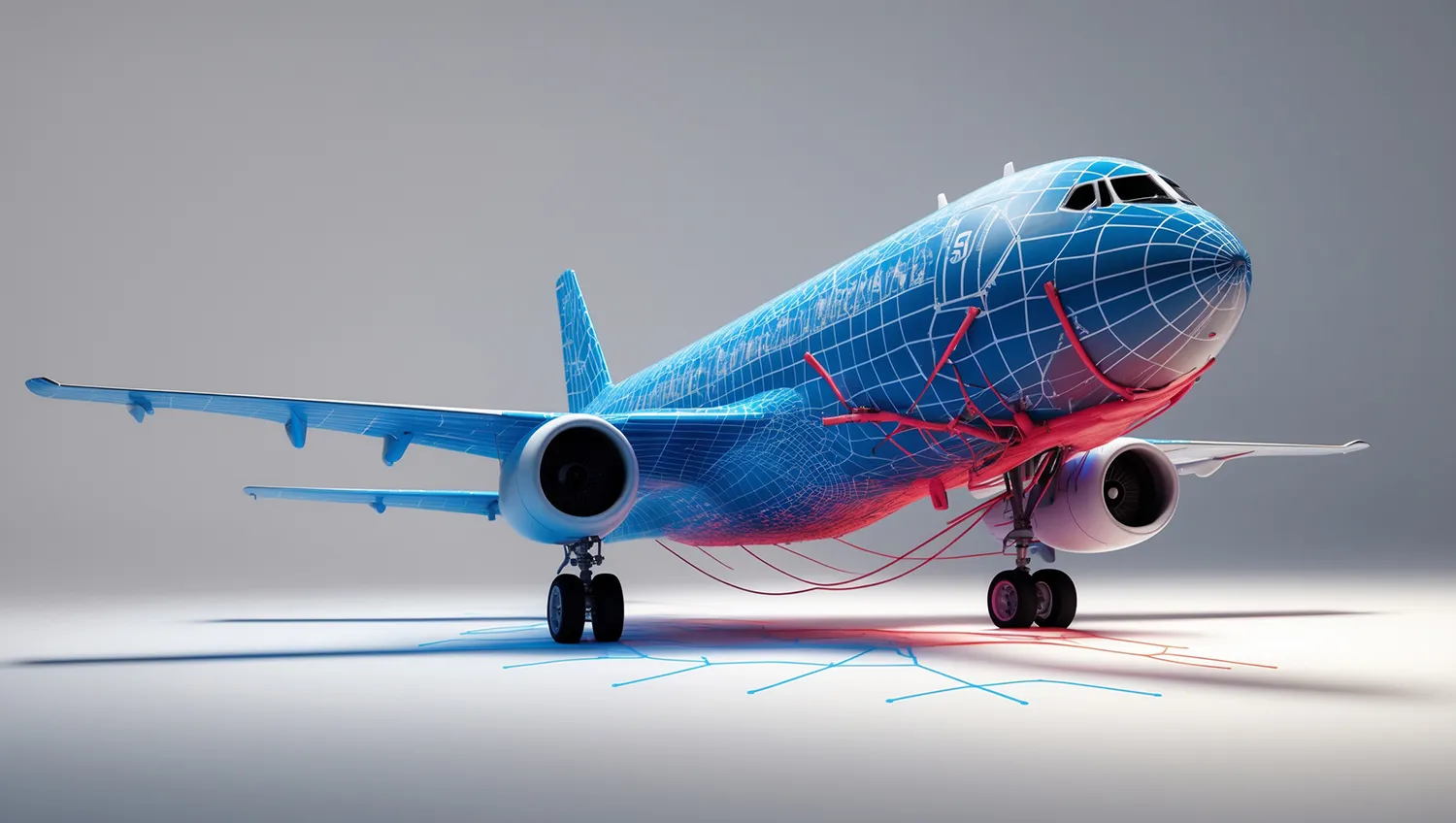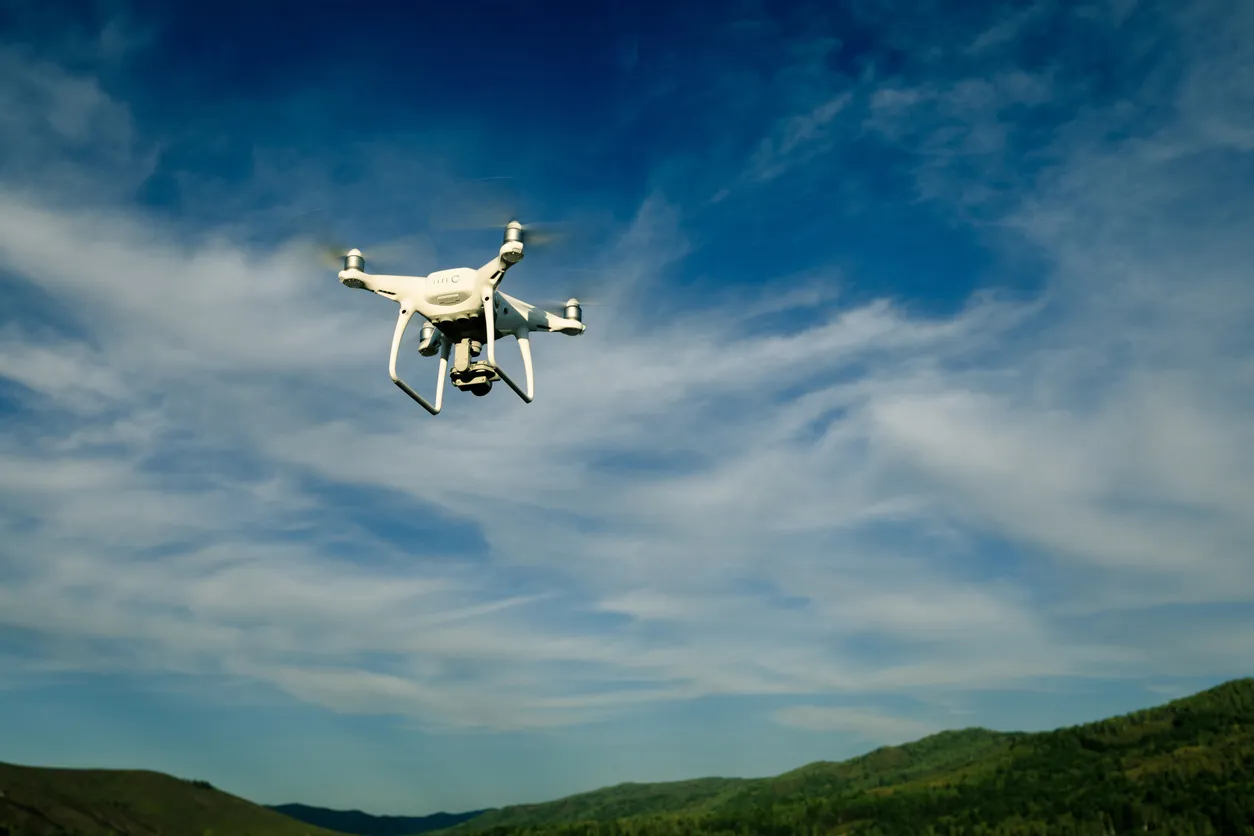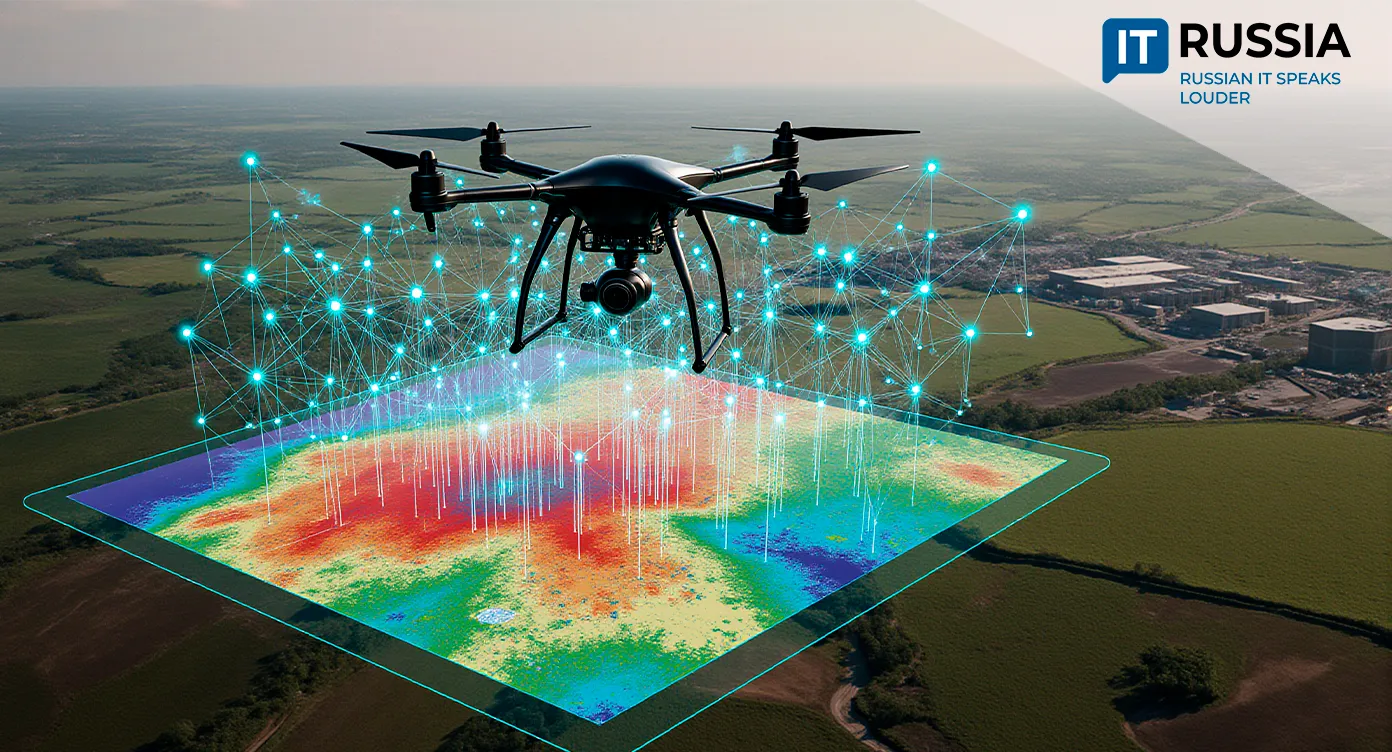MAI Builds the Digital Future of Aircraft Engineering
Researchers at Moscow Aviation Institute (MAI) are developing a breakthrough technology that can predict the behavior of composite aircraft structures under variable loads, preventing failures already at the design stage.

Breakthrough in Structural Reliability
MAI’s project is a comprehensive digital method for early prediction of the durability of composite aircraft structures, based on the principle of damage tolerance. At its core is computer modeling that creates simplified digital models to predict the rate and scenarios of defect development in composite aircraft elements. The team has already secured a software patent and calibrated calculation parameters.
Regular loads during each flight cause material fatigue, which eventually leads to failure. Minor defects emerging in operation may evolve unpredictably, creating risks for flight safety. The methodology enables assessment of design solutions at the earliest stages, which is critical to minimizing risks. Validation of the virtual model against real test data is underway, with project completion expected within two years.
Strategic Horizons for Development and Commercialization
Prospects for introducing this methodology into Russia’s aviation industry look strong, especially given the active expansion of composite material programs. The method could become the foundation for unified design requirements, test programs, and certification under national standards (NLG-25) and Rosaviatsiya’s guidance materials. This would create a standardized approach for the entire Russian aviation sector, closing the methodological gap between regulations and practical tools.

The export potential lies in integrating Russia’s methodology with international certification standards. To access foreign markets, the approach must align with EASA AMC 20-29 for composite structures and FAA 25.571 on damage tolerance. Successful adaptation would boost recognition in certification documentation and validation by international regulators.
Potential users extend beyond aerospace: energy, shipbuilding, and automotive industries, all of which rely heavily on composites. With the global composite market exceeding 11 million tons annually and valued around $90 billion, commercialization prospects are substantial.
Evolution of Composite Technologies in Global Aviation
The history of composites in aviation shows a gradual shift from experimental use to mass adoption. Widebody aircraft such as Boeing 787 and Airbus A350 pioneered this trend, with composites accounting for 50% and 53% of their structures respectively. Benefits included a 20% weight reduction, improved fuel efficiency, and corrosion resistance, while challenges emerged in durability and repairability.
In Russia, composite development accelerated with the import substitution program. The MC-21’s composite wing, initially reliant on foreign materials, was fully transitioned to domestic supply after 2018. Successful static tests in March 2022 confirmed the Russian wing could withstand loads far beyond design requirements.
Global trends suggest composites will expand further: by 2035, their share in new aircraft structures is expected to reach 30–40% of airframe mass, compared to 14–27% in current models. Particular focus is on out-of-autoclave technologies, which cut capital costs fourfold compared to traditional production methods.

Technological Leadership in the Era of Digital Aviation
MAI’s development comes at a time of growing reliance on predictive models in aviation and tightening international standards for composite durability. Within one to two years, pilot implementations are planned in leading design bureaus and research institutes, with certification applications under NLG-25.
If validation succeeds, the methodology could scale to key assemblies—wings, tail units, and mechanization—creating a comprehensive system for designing composite aircraft structures.
The strategic impact goes beyond solving specific technical challenges. By establishing its own method for predicting composite durability, Russia strengthens technological sovereignty and reduces dependence on foreign design tools and software.
If adapted effectively, the approach could become a competitive product on international markets, particularly attractive in emerging aviation hubs across Asia, Latin America, and Africa.
In the long run, the methodology may evolve into a digital platform for integrated aircraft design, linked with automated engineering and manufacturing systems.










































